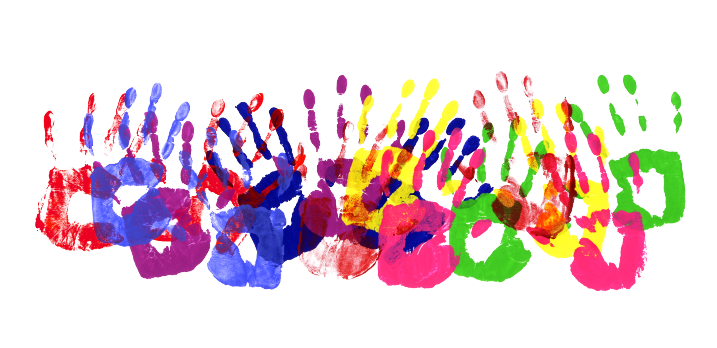October 24, 2022 by Prof. Dr. Burak Tatli
Autism Service

Autism Spectrum Disorder is a neurodevelopmental disorder caused by a combination of genetic predisposition and complex environmental factors. Factors such as genetic disorders, toxic substances and immune dysfunction that disrupt the development process of the brain that begin in the womb can cause autism. In recent years, an increase in the prevalence of autism (1 in 54 children) has been observed all over the world. In addition to the increase in awareness against autism, changes in the environmental environment are also responsible for this increase.
The ultimate goal of the Burak Tatlı Clinic (Center for Pediatric Neurology) is to make diagnostic evaluations with a holistic approach, to reveal the factors that may cause autism, and to apply the most accurate treatment.
Our autism diagnosis and treatment program aims to carry out all personalized diagnostic evaluations and treatments in a single center and maximize the recovery potential with a large team of doctors, clinical psychologists, child development specialists, occupational therapists and dietitians.
Evaluation of children with suspected autism in our clinic. Dr. It starts with the examination of Burak Tatlı. EEG, genetic and metabolic tests and imaging methods are used in the neurological evaluation process. Later, Child Psychiatrist Assoc. Dr. A detailed evaluation is made by Fahri Çelebi and ADOS 2, the most up-to-date diagnostic test with international validity, is applied in the diagnosis of autism. Additional physical diseases are determined by the detailed examination of Pediatrician İbrahim Kamer. The nutrition processes and habits of the children are evaluated by the dietitian. In order to determine the development level and needs of children in physical, mental and emotional areas, intelligence and development tests (WISC-4, Denver II ) by a clinical psychologist and child development specialist, evaluation of the child’s development and needs in the sensory area by the occupational therapist, delays in motor development stages, if any, and SPM, EASI and SIPT tests are applied to identify coordination problems.
In the light of the information obtained from all these evaluations, your diagnosis, severity of the disease and additional problems are determined, the most appropriate medical treatment protocols are prepared, special education planning is made and disease-specific nutrition programs are organized. With the follow-up interviews and evaluations made in the following months, treatment practices and training processes are rearranged in line with developments and current needs.